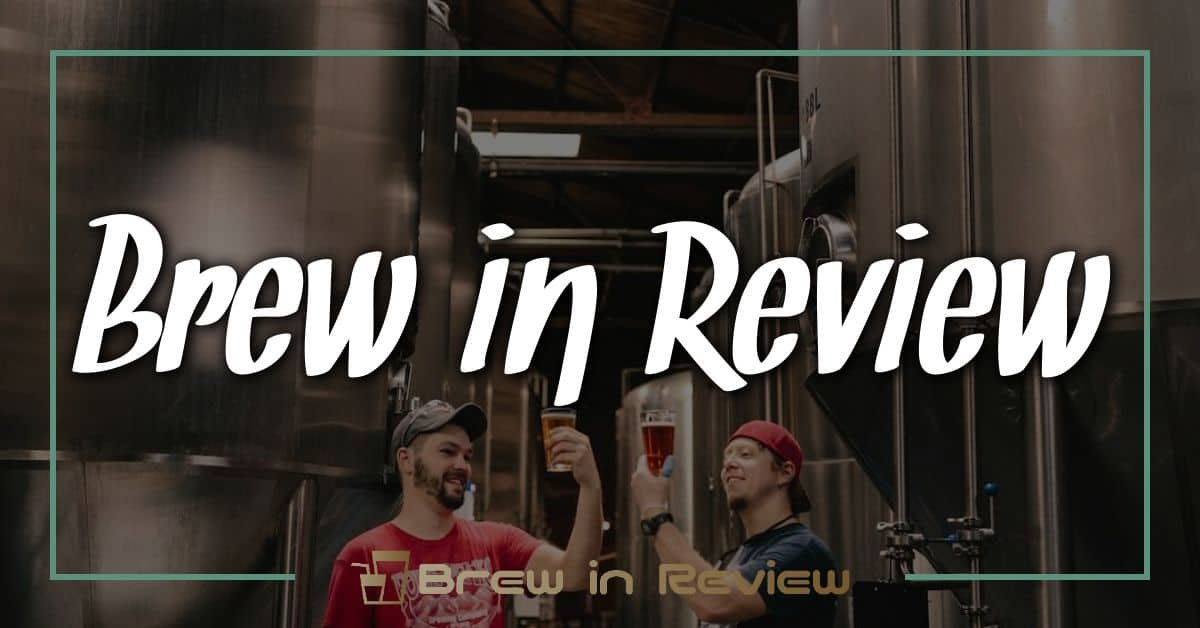When I think about the evolution of beer, one pivotal moment stands out: the advent of pasteurization. This revolutionary process, developed by Louis Pasteur, didn’t just change how we preserve food; it transformed the brewing industry forever. Before pasteurization, beer was often a gamble, with spoilage and contamination lurking at every turn.
With pasteurization, brewers gained a powerful tool to ensure consistent quality and safety. It opened the door to mass production and distribution, allowing craft breweries and major brands alike to flourish. Join me as I explore how this simple yet groundbreaking technique reshaped our favorite beverage and helped beer become the global phenomenon it is today.
The History of Beer
Beer boasts a rich history stretching thousands of years. Understanding this evolution highlights its transformation and significance in cultures worldwide.
Ancient Brewing Techniques
I find it fascinating to look back at ancient brewing techniques. Early civilizations, such as the Sumerians and Egyptians, crafted beer using simple methods. They relied on natural fermentation, harnessing wild yeast and various grains. The Sumerians created tablets detailing recipes, showcasing how integral beer was to their culture. Archaeological evidence indicates that beer dates back to at least 5,000 BCE, likely making it one of humanity’s oldest beverages.

The Evolution of Beer Production
Beer production has significantly evolved over time. In the Middle Ages, many monasteries brewed beer, ensuring quality and consistency for their communities. Advances like hops introduced new flavors and preservation properties. The invention of the steam engine in the 18th century further revolutionized the brewing process, allowing for larger batches and improved temperature control. By the 19th century, brewing underwent another transformation with the advent of refrigeration and pasteurization. These technologies helped brewers maintain consistent quality, reducing spoilage and enabling expanded distribution. Today, both craft and commercial breweries leverage these advancements to produce a diverse array of beer styles enjoyed worldwide.
Understanding Pasteurization
Pasteurization revolutionized beer brewing by enhancing preservation and safety. This process significantly reduced spoilage risks, allowing brewers to produce consistent quality across larger batches.
The Science Behind Pasteurization
Pasteurization heats liquid to specific temperatures for a set duration, killing harmful microorganisms. For beer, pasteurization typically involves heating to around 140°F (60°C) for about 30 minutes. This technique eliminates spoilage organisms, such as wild yeast and bacteria, without altering the flavor profile. Many craft and commercial brewers rely on pasteurization to ensure freshness and stability in their products.
Louis Pasteur’s Contributions
Louis Pasteur, a French microbiologist, developed pasteurization in the 19th century. His experiments uncovered the relationship between microbes and spoilage, leading to the idea that heat could kill undesirable organisms. His work laid the foundation for modern brewing practices, advancing techniques used to protect beer from contamination and improve its shelf life. Today, his legacy lives on as brewers harness this transformative approach to create delicious, safe beer enjoyed by many.
Impact of Pasteurization on Beer Quality
Pasteurization significantly transformed beer quality, affecting both commercial and home brewing. Understanding its effects can enhance how I approach brewing and enjoying beer.
Enhancing Shelf Life
Pasteurization extends beer’s shelf life by eliminating spoilage bacteria and wild yeast. By heating the beer to approximately 140°F (60°C) for around 30 minutes, harmful microorganisms are destroyed. This process keeps the beer fresher for longer, allowing it to withstand transportation and storage without loss of quality. For home brewers, pasteurization can be a crucial step to ensuring that kegs or bottles maintain their intended flavors as they age.
Improving Flavor Consistency
Pasteurization promotes flavor consistency across batches. By targeting microorganisms that cause off-flavors, this method helps maintain the intended taste profile of the beer. Consistency matters, especially when sharing my home brews with friends or selling them at local markets. With pasteurization, I can achieve a stable flavor, ensuring my IPAs maintain their hop-forward character or that my stouts retain their rich, malty notes. Leveraging pasteurization in my brewing process contributes to a repeatable and enjoyable experience for everyone.
Changes in Brewing Practices
Pasteurization revolutionized brewing practices, leading to significant innovations in the ways we produce beer, both on a commercial scale and at home.
Shifts in Brewing Techniques
I’ve noticed that pasteurization caused major shifts in brewing techniques. Before its introduction, brewers relied heavily on natural fermentation, which could be unpredictable. With pasteurization, I can confidently eliminate unwanted microorganisms, ensuring my beer maintains its intended flavors and aromas. Heating the beer to around 140°F (60°C) for 30 minutes not only enhances preservation but also enables me to experiment with diverse ingredients without worrying about spoilage. I find that consistent temperature control leads to uniform results across different batches, something particularly beneficial when I’m teaching others how to brew.
The Rise of Large-Scale Breweries
The introduction of pasteurization also contributed to the rise of large-scale breweries. With the ability to create shelf-stable products, major brands expanded their reach, distributing beer over greater distances. This enabled them to supply larger markets, promoting a surge in popularity for various beer styles. On a smaller scale, home brewers like me can learn from these practices, too. Understanding how large-scale breweries ensure quality helps me refine my own home brewing methods. I can now mimic their processes in much smaller batches, allowing me to share unique flavors and styles with friends and family. The knowledge I gain from both large-scale operations and my own experiments informs my brewing practices, merging tradition with modern techniques.
Conclusion
Pasteurization has truly reshaped the beer landscape in ways I never imagined. It’s fascinating to think about how this single innovation has allowed both craft and commercial brewers to create consistent and safe products that we enjoy today.
The journey from ancient brewing practices to modern techniques is a testament to the evolution of beer. I love knowing that every sip I take is backed by a rich history and scientific advancement.
Whether I’m savoring a local craft brew or sharing a home creation with friends, I appreciate the role pasteurization plays in ensuring quality and flavor. Cheers to the past and the future of beer!




